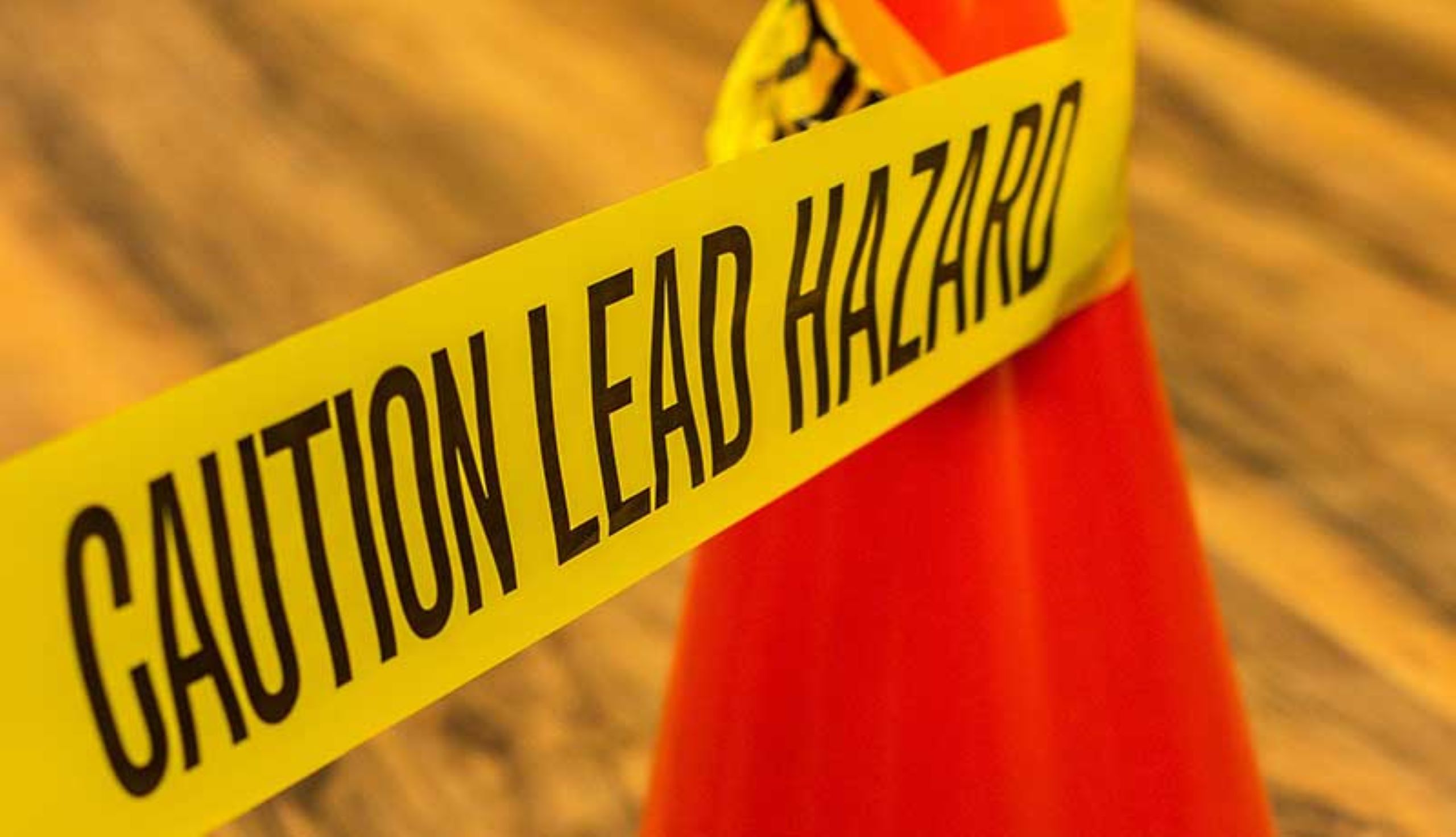
After purchasing a beautiful historic home in Denver, Colorado, a family quickly learned about a hazard commonly found in older homes. The family received a call from their doctor, explaining that their son had a high concentration of lead in his blood, caused by the paint in their home. When purchasing their house, they were informed that it had lead-based paint, yet they did not understand the immediate health hazard posed by lead in paint. The high friction areas within the house, such as the windows and door frames, are where most of the lead was being disturbed creating dust exposure to the family. Because of the lead exposure, the family had to have the lead hazards in their home properly abated and decontaminated.
The most common risk of a home containing lead-based paint, like the Denver family, is if it was built before 1978. Before lead-containing paint was banned in 1978, most residential houses were built using lead-containing paint and components. Although this ban prevented new houses from having a hazardous level of lead in paint, it did not enforce any regulations to remove lead paint from the houses built before 1978. Lead paint becomes hazardous when it is impacted, chipped or deteriorates over time. The lead-containing paint can fall to the ground and be ingested by children, adults and even pets. Lead is most dangerous to children and pregnant women and can lead to learning disabilities, behavioral problems and if severe enough, brain damage. Unfortunately, many of the negative health effects from lead-containing paint are permanent.
Many people believe that lead is no longer in paint. This is not true in all cases. Currently, the Consumer Products Safety Commission limits the amount of lead in paint to 90 parts per million (ppm) of lead by weight. In drinking water, the regulatory limit is 15 parts per billion (ppb). However, lead is not safe for people to ingest at any level. There may not be a regulatory lead hazard, yet there is still a possibility of lead exposure. It is best practice to make sure that all painted surfaces within your home remain in good, intact condition.
Lead-containing paint is currently banned from residential homes, it is not banned in the use of industrial buildings. Therefore, the risk of ingesting lead-containing paint in industrial buildings was not eliminated by the 1978 ban. To ensure your safety, always find out the build date of your potential house or building. If you suspect that you may have lead-containing paint, do not disturb the paint.
How A-Tech Can Help
Lead hazards can be found in residential, commercial, municipal and many other environments. A-Tech staff are licensed Inspectors/Assessors and Project Monitors through the CA Department of Public Health and can provide lead-in-paint surveys (paint chip sampling), HUD-level XRF inspection, lead risk assessments, on-site project monitoring and clearance sampling. We tailor our lead management services according to each project and client’s needs.
We service all of Southern California, including Orange County, Los Angeles, Riverside, San Diego and more. Contact us at [email protected] or at 714-434-6360.
References:
- https://www.epa.gov/lead/protect-your-family-exposures-lead
- https://denver.cbslocal.com/2019/04/12/stephanie-senese-lead-poisoning-denver-program/
- https://www.reuters.com/article/us-usa-lead-settlement/paint-makers-reach-305-million-settlement-in-california-ending-marathon-lead-poisoning-lawsuit-idUSKCN1UC26J



